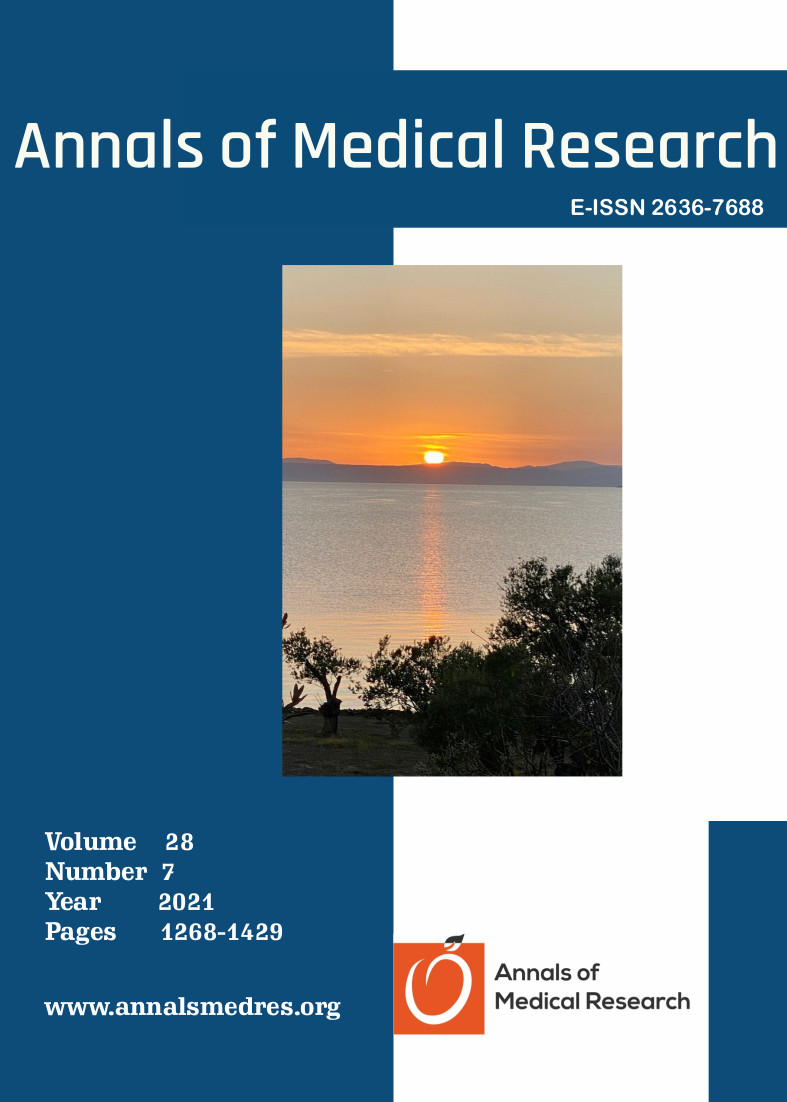Non-traumatic non-aneurysmal subarachnoid haemorrhage: Single institutional experience
Keywords:
CT Angiography, DSA, non-aneurysmal, subarachnoid haemorrhageAbstract
Aim: Despite the advanced diagnostic methods we use today, the rate of negative digital subtraction angiography (DSA) is 15% in patients diagnosed with subarachnoidal hemorrhage (SAH), and these types of hemorrhages are named as non-aneurysmal (NASAH). Various factors such as inadequate interpretation of the beginning angiography, vasospasm, thrombosis, intra-cerebral hematoma pressure may cause DSA to be negative. This study aims to determine the causes of bleeding in patients who were suffered from NASAH.
Materials and Methods: The study evaluated 664 patients with SAH from 2010 to 2016. DSA was performed on these patients within the first 3 or 6 hours. Sixty-seven patients with DSA negative were included in the study group. The patients were divided into three groups as perimesencephalic subarachnoidal hemorrhage (PMSAH), non-perimesencephalic subarachnoidal hemorrhage (nPMSAH), CT negative subarachnoidal hemorrhage (CT negative SAH). These three groups were evaluated based on age, gender, Glascow coma scale (GCS), World Federation of Neurosurgical Societies (WFNS) grade, Hunt and Hess Classification and Fisher’s scale, hospitalization time duration, complications and computerized tomography (CT), and cervical and cranial MRI was performed on patients without correlation between DSA results if needed.
Results: Of the 664 patients diagnosed with SAH, 67 (10.09%) had NASAH. Statistically significant differences were found between CT Negative SAH and PMSAH and CT Negative SAH and nPMSAH in terms of the variables of GCS during hospital admission and total duration of hospitalization. Statistically significant differences were found between CT Negative SAH and PMSAH and nPMSAH in terms of the variables of GCS during hospital discharge. There were statistically significant differences between the types in terms of WFNS Classification, Hunt and Hess Classification and Fisher’s Scala.
Conclusion: We believe that this study will contribute to the literature about the necessity of performing additional radiologic imaging during clinical follow-up since belated diagnosis in patients with NASAH may increase mortality.
Downloads
Published
Issue
Section
License
Copyright (c) 2021 The author(s)

This work is licensed under a Creative Commons Attribution-NonCommercial-NoDerivatives 4.0 International License.
CC Attribution-NonCommercial-NoDerivatives 4.0






